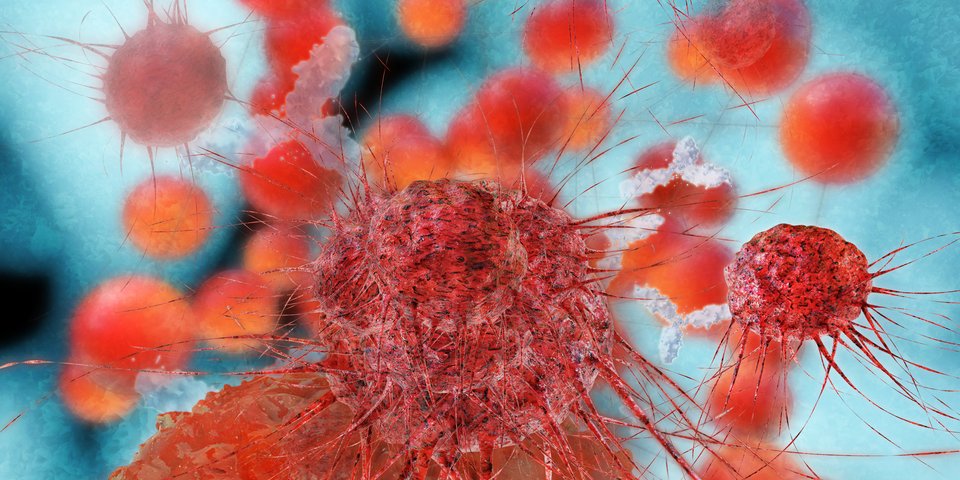 iStockphoto/xrender
iStockphoto/xrenderEuropean Reference Networks prove they add value
Since March 2017, the European Reference Networks for healthcare have been helping to improve the treatment of many patients in Europe.
MM/AD – 04/2019
The European Reference
Networks (ERNs) bring together doctors and
researchers who are experts in in rare diseases,
low prevalence diseases and complex diseases. They are virtual networks in
which the diagnosis and best possible treatment for patients from across Europe
are discussed. Since March 2017, 24 ERNs have been established, involving more
than 900 highly specialised health teams in more than 300 hospitals in 26
European countries.
However,
as the European Commission highlighted on the 2nd Anniversary of the ERNs,
Member States must include networks in their national plans for rare disease
treatment and better support ERN members and coordinators. In order to do this,
Member States should learn from each other. Some countries have already
integrated the ERNs very well into their systems and raised broad awareness
among health professionals of their existence and possibilities. Other
countries still have some catching up to do, which could be achieved through
best-practice examples.
Future stakeholder involvement
Various
stakeholders of the ERNs, such as patient representatives, clinical trial
investigators and health industry representatives, are currently discussing
opportunities for future collaboration. They are also looking at how industry
can support the European Reference Networks while still respecting the interests
of patient organisations; what issues are most important; and what safeguards can
be put in place to guarantee transparency and reconcile conflicting interests. According
to the European Commission, the aim is to identify common interests and the
modalities of cooperation between the European Reference Networks and
stakeholders.
